1. Ayds Diet Candy
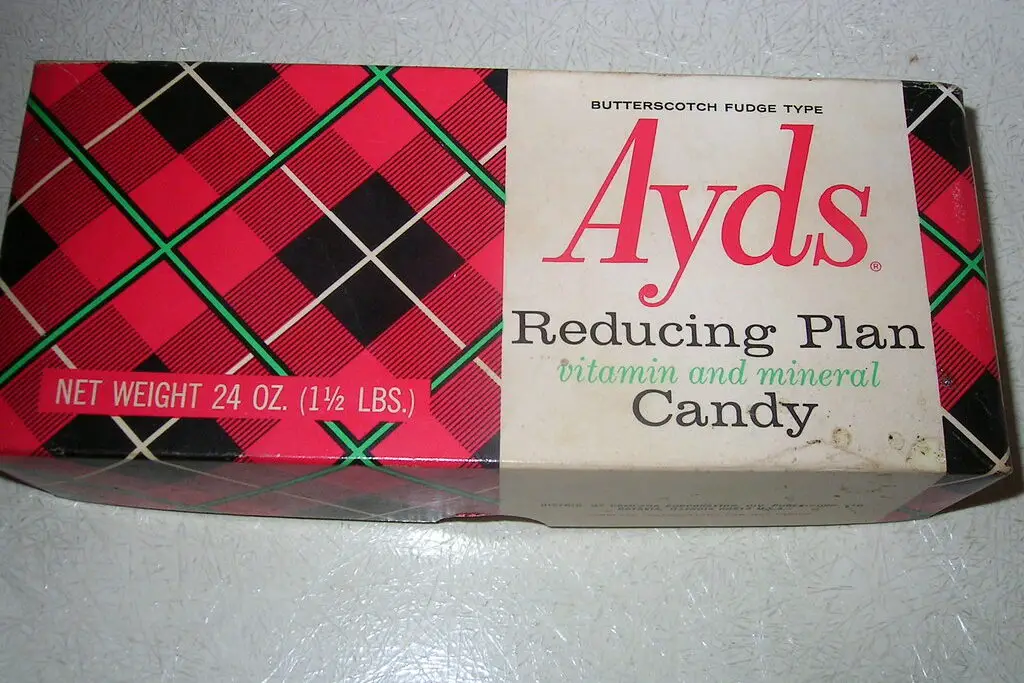
Back in the day, people actually thought candy could help you lose weight, and Ayds Diet Candy was proof of that mindset. It came in flavors like chocolate and butterscotch and was marketed as a way to curb appetite, making it sound like a sweet shortcut to weight loss. The problem was that it was essentially just a chewy caramel with an added appetite suppressant. People would pop one before a meal, hoping it would help them eat less.
It sold surprisingly well through the ’70s and early ’80s, until the unfortunate timing of the AIDS crisis made the name suddenly a problem. Sales plummeted because of the association, but even without the name issue, it’s hard to believe people thought candy was the key to dieting. Looking back, it’s both fascinating and a little unsettling that such a product even existed.
2. Tab Clear
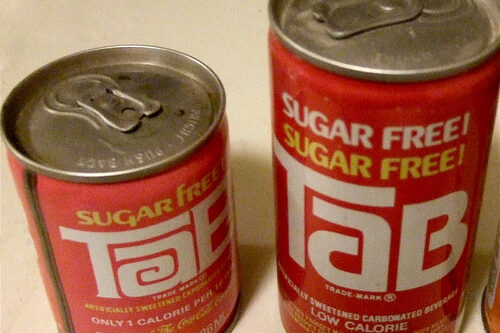
Tab was already a well-known diet soda, but in the early ’90s, Coca-Cola released Tab Clear and pitched it as a “healthier” cola option. The clear soda craze was in full swing, and the idea was that people would associate clarity with purity and wellness. On the outside, it looked refreshing and calorie-friendly, but inside, it was still a fizzy drink with artificial sweeteners.
It didn’t take long for consumers to realize there wasn’t much “health” about it at all. Sales tanked, and Tab Clear vanished almost as quickly as it appeared. It’s remembered now as a marketing oddity, more gimmick than genuine health choice.
3. Dietetic Jell-O
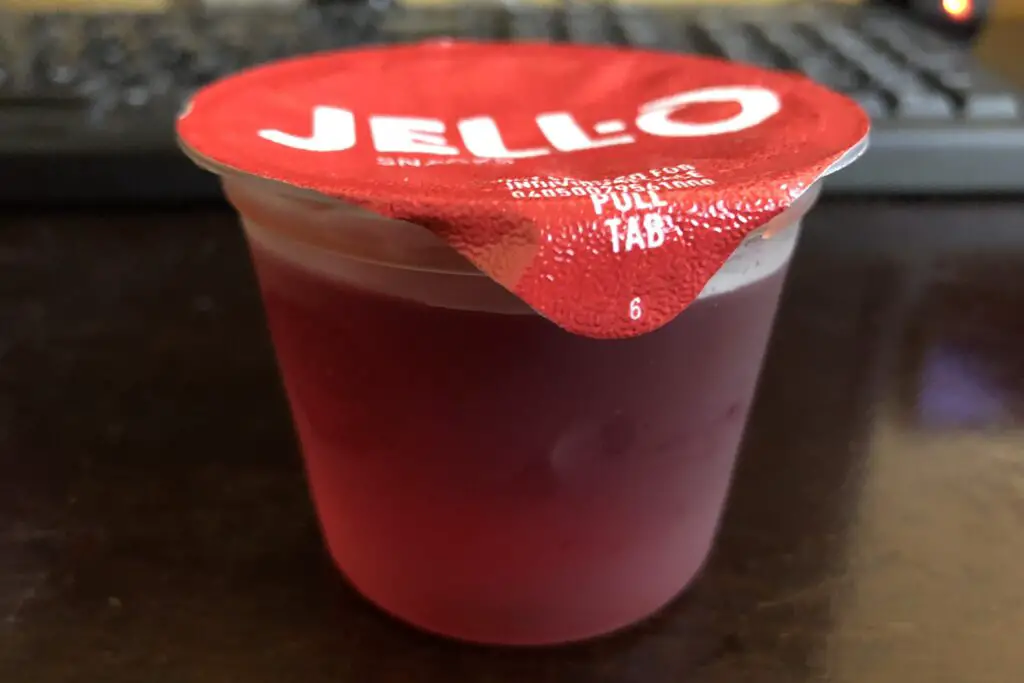
Jell-O leaned heavily on the “light and healthy” angle when it came out with dietetic versions of its gelatin desserts. These sugar-free versions were promoted as guilt-free treats, something you could enjoy without undoing your diet. Ads showed happy families spooning up brightly colored bowls of gelatin, emphasizing how it was both fun and slimming.
Of course, artificial sweeteners in the early days didn’t always taste the best, and some even came with health concerns of their own. But for many, Dietetic Jell-O was considered a safe indulgence, especially for people watching their weight. It might not have been truly healthy, but it fit the narrative of diet culture at the time.
4. Puffed Rice Cakes
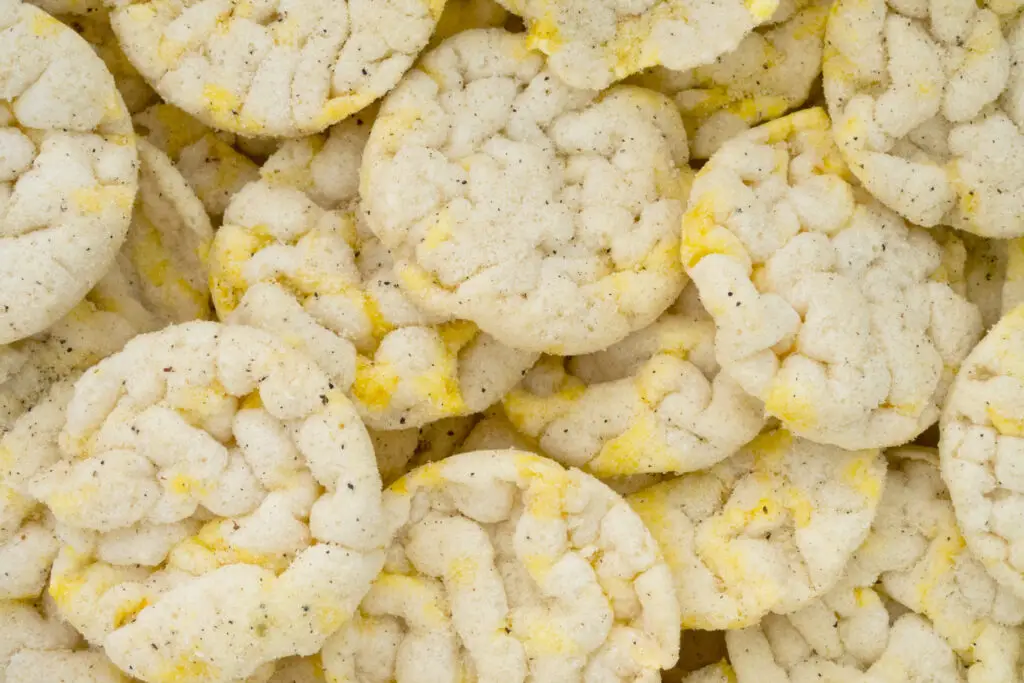
Remember when rice cakes were hailed as the ultimate health food? These crunchy, oversized disks were practically the poster child of the low-fat craze in the ’80s and ’90s. The idea was that because they were fat-free and low in calories, you could snack on them guilt-free. People nibbled on them plain or smeared with a little peanut butter to feel “healthy.”
The problem was they weren’t exactly satisfying. Rice cakes were basically air with crunch, leaving people hungrier than before. Still, they stuck around long enough to become a staple in diet pantries across the country.
5. Cigarette-Style Candy Vitamins

This one sounds strange now, but there was a time when vitamins were packaged in ways that resembled candy—or even cigarettes. Marketed to parents as a way to sneak nutrition into their kids’ diets, they looked colorful, fun, and harmless. The selling point was that kids wouldn’t fight taking vitamins if they came in a form that felt like a treat.
But looking back, the marketing was questionable at best. Teaching kids that “cigarette-like” items were fun was certainly not a healthy message. Even though the vitamins themselves may have provided some benefit, the packaging concept feels completely out of place today.
6. Figurines by Pillsbury
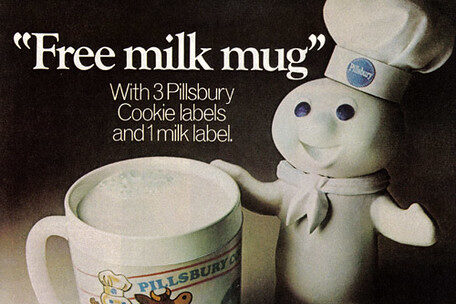
In the ’70s, Pillsbury introduced Figurines, diet snack bars that were supposed to be a filling alternative to candy. The idea was that these chocolate-covered wafer bars would keep you satisfied between meals while helping you slim down. Ads showed stylish women pulling them from their purses, making them look like the chic way to snack responsibly.
The bars themselves weren’t much different from candy bars, just with fewer calories and more marketing spin. While they had a loyal following for a while, they eventually faded as newer diet trends took over. It’s another example of how companies tried to make dieting feel indulgent while still “healthy.”
7. Celery Jell-O
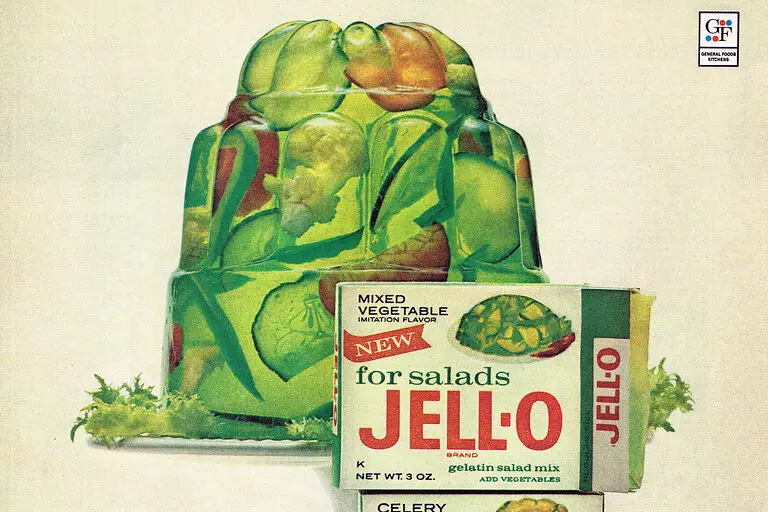
During the mid-20th century, Jell-O experimented with savory flavors that were marketed as healthy options for salads. One of the strangest was celery-flavored Jell-O, which was pitched as a base for vegetable salads or diet-friendly meals. The ads showed it paired with cottage cheese, shrimp, or chopped veggies, making it seem like a forward-thinking health dish.
In reality, it was wobbly green gelatin with a faint celery taste—hardly appetizing for most people. It didn’t stick around long, but it stands as one of the oddest “healthy” snacks Jell-O ever pushed. Today, it’s mostly remembered as a bizarre misstep.
8. Tiger’s Milk Bars
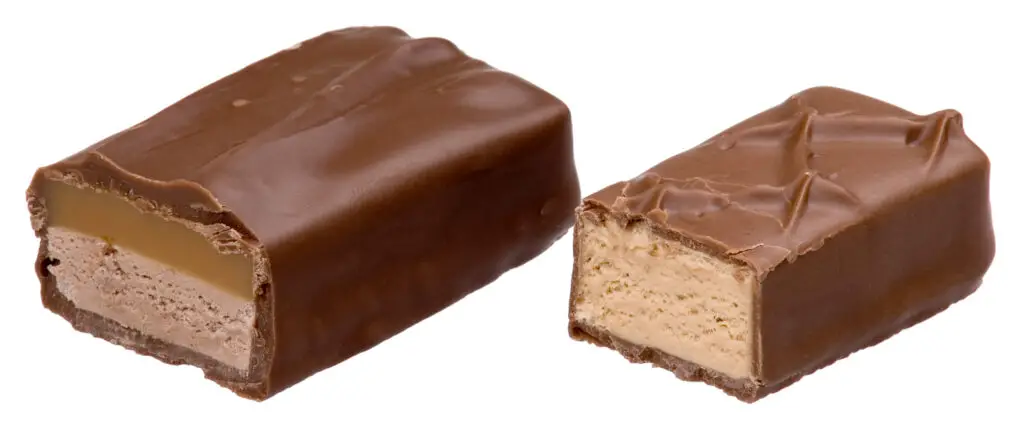
Tiger’s Milk bars came out in the ’60s and were some of the first so-called “nutrition bars.” They were promoted as protein-packed, energy-boosting snacks for people on the go. The marketing made them sound like a powerhouse food that could fuel athletes and dieters alike.
While they did offer more substance than candy, they were still loaded with sugar and artificial ingredients. The bars had a distinctive taste that wasn’t for everyone, but they developed a loyal niche following. They’re remembered now as a kind of pioneer in the health snack space, even if they weren’t exactly as wholesome as advertised.
9. Metracal
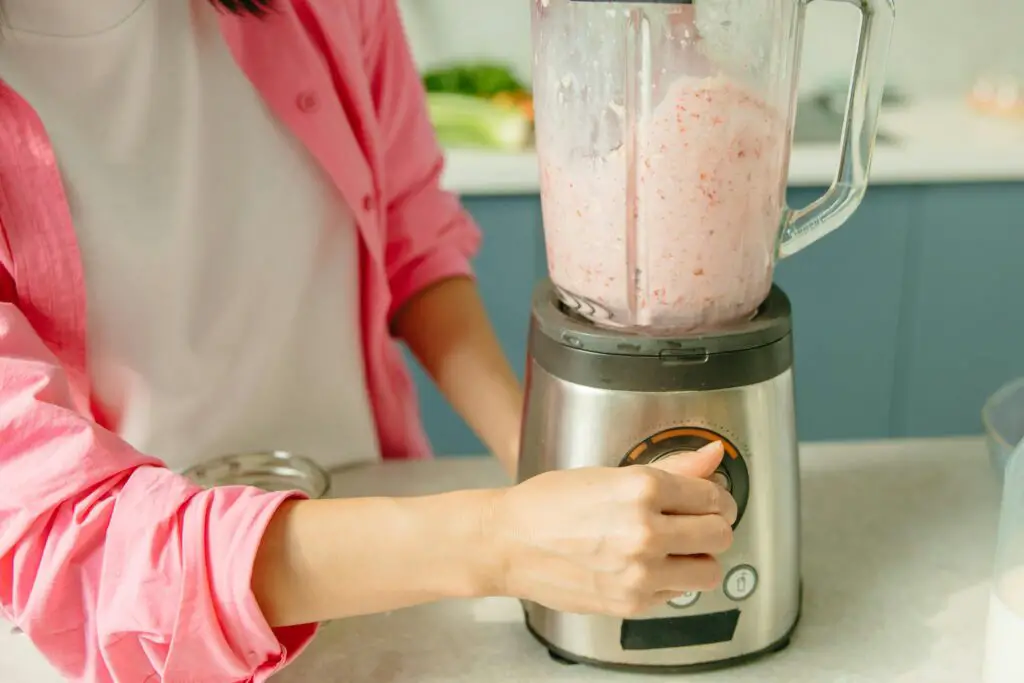
Metracal was one of the earliest diet shakes, arriving in the 1960s with big promises. It was sold in cans and marketed as a low-calorie meal replacement that could help you shed pounds. The ads showed slim women happily sipping from a can, presenting it as a glamorous shortcut to a slimmer body.
The problem was the taste—it was chalky, bland, and unappetizing. People joked about having to “force it down” to lose weight. While it worked as a novelty for a while, it eventually disappeared as better-tasting alternatives hit the market.
10. Ovaltine
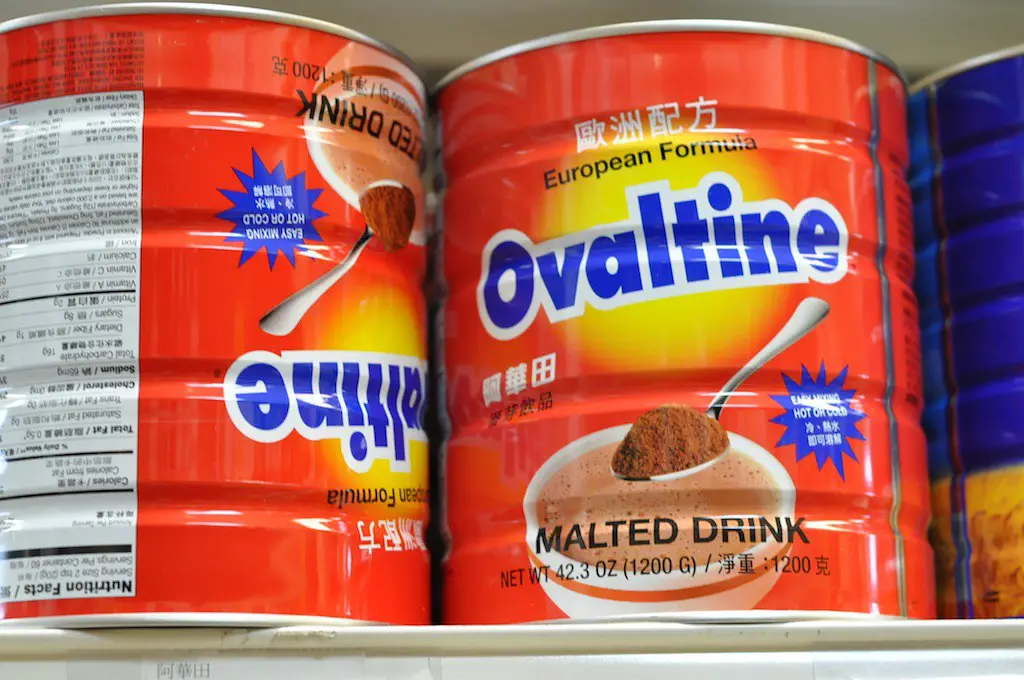
Ovaltine was marketed as a health drink, especially for kids. Parents were told it would help their children grow strong and healthy, thanks to its blend of vitamins and minerals. Ads often showed energetic, smiling kids enjoying their Ovaltine with breakfast or before bed.
In truth, it was basically a flavored malt powder that made milk taste better, with added nutrients tossed in. While it wasn’t terrible for you, calling it a “health drink” was a stretch. It was more about making milk palatable than delivering any magical benefits.
11. Hi-Protein Snack Bread

In the 1960s, there was actually a bread marketed specifically as a “protein snack.” Hi-Protein bread was pitched as a way to eat sandwiches while still focusing on health and diet. Ads emphasized that it had extra protein baked in, making it more beneficial than standard white bread.
The reality was that it was still bread, just with a slightly different formula. It didn’t taste all that special, and people didn’t exactly run to the stores to stock up. While it may have been ahead of its time in theory, it wasn’t quite the health breakthrough it was presented to be.
12. Weight Watchers Frozen Desserts

Weight Watchers jumped into the frozen food market by creating “healthy” desserts that dieters could indulge in without guilt. From ice cream sandwiches to little cakes, they were positioned as a smarter option compared to regular sweets. The marketing promised you could enjoy dessert while staying on track with your weight loss goals.
While they were certainly lower in calories, the flavor often left much to be desired. Many of these snacks tasted artificial and weren’t particularly satisfying. Still, they became a staple in diet households and paved the way for today’s lighter dessert options.
13. Grape-Nuts Cereal Bars
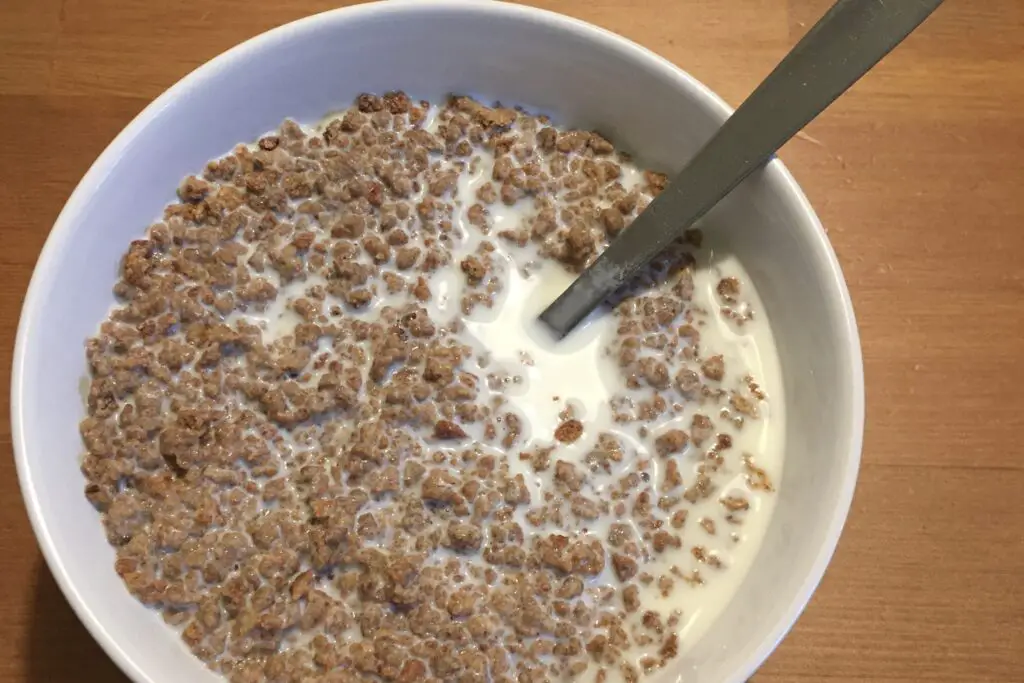
Grape-Nuts has long been marketed as a hearty, health-focused cereal, and at one point, the company turned it into snack bars. These bars were pitched as a wholesome way to get nutrition on the go, with all the crunch of the cereal baked in. Ads showed them as perfect for breakfast, a quick snack, or even a diet-friendly treat.
Unfortunately, they were rock-hard and not exactly delicious. While they had fiber and vitamins, eating them often felt more like a chore than a treat. They didn’t last long, but they’re remembered as one of those “healthy” snacks that forgot the importance of taste.
